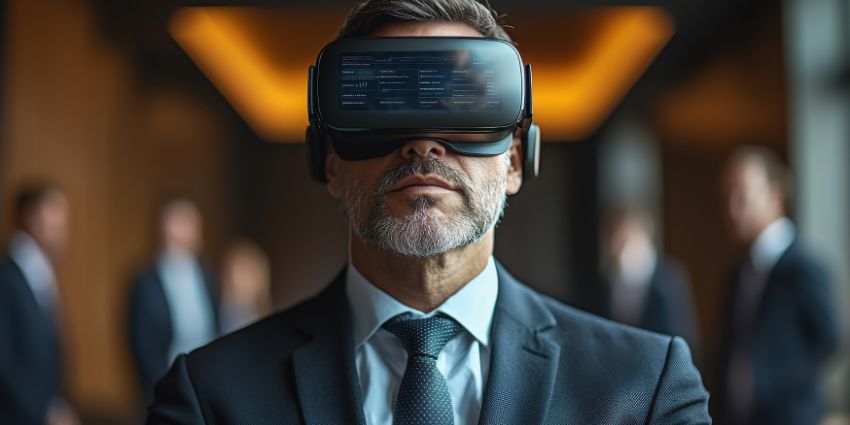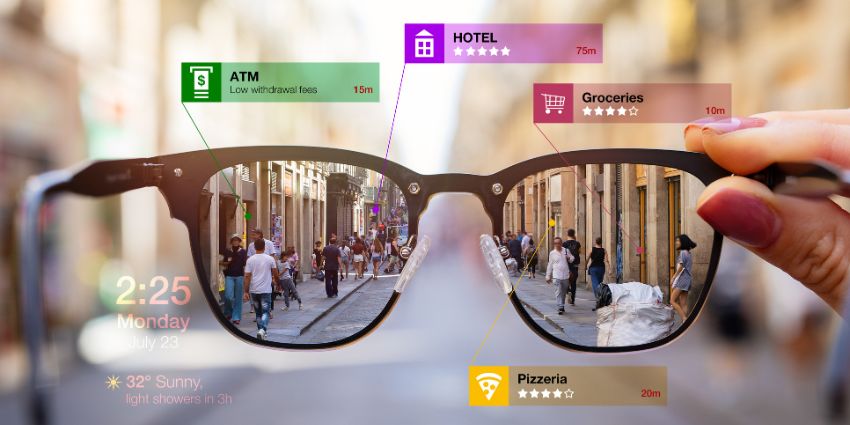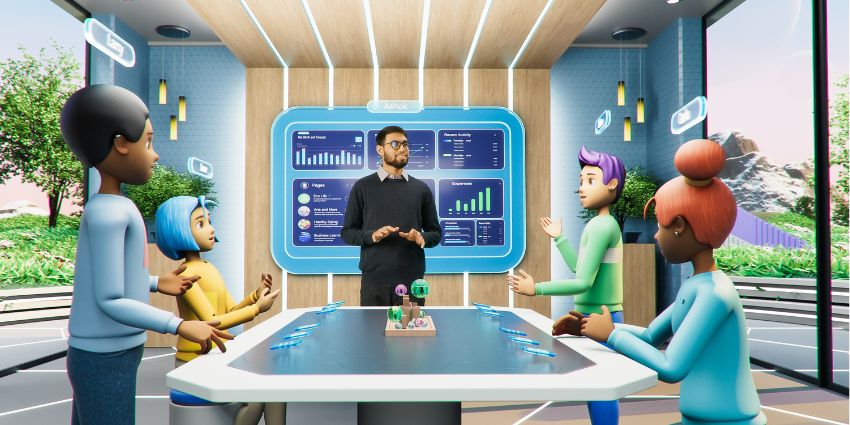It’s 2030, and I’m in yet another soul-crushing virtual meeting. There I was, staring at a grid of tired faces, watching someone struggle to share their screen for the fifth time while another colleague’s dog provided an impromptu soundtrack to our quarterly review. “Your audio is cutting out,” said three people in perfect synchronization, and I finally snapped.
The Breaking Point
That was six months ago. Today, I’m writing this from my company’s new-gen collaboration space, and let me tell you – we’ve come a long way from the dark ages of traditional video calls. Here’s how it all went down.
The Revolution Begins
After that fateful meeting, I wrote a passionate (okay, maybe slightly rage-fueled) proposal to my executive team. The subject line? “Our Meetings Are Killing Us – And Our Bottom Line.” The data was impossible to ignore:
- Our average employee spent 23 hours weekly in virtual meetings
- 67% admitted to doing other work during calls
- We lost roughly 4.2 hours per person per week to technical issues
- Meeting fatigue was cited as a top-three reason for resignation
The response? “Fine, hotshot. Fix it.”
The New Reality
Fast forward to today. Our meetings aren’t just different – they’re barely recognizable as meetings anymore. Here’s what killed the traditional online meeting:
Death to the Grid
Remember Brady Bunch-style video layouts? Gone. Our new spatial collaboration system creates a genuine sense of presence. When Sarah from Marketing speaks, her holographic avatar actually walks to the front of our shared space. We turn our heads to look at her naturally, just like in real life. No more grid fatigue, no more trying to figure out who’s speaking by watching for yellow borders around video boxes.
The End of Screen Sharing
“Can everyone see my screen?” has been banished to the history books. Instead, we manipulate 3D models floating in our shared space. When our design team presents new concepts, we literally walk around them. Our last product review had team members reaching out to point at specific features, their avatars moving through the virtual prototype as naturally as they would in a physical room.
Goodbye, Calendar Tetris
Our AI meeting coordinator (we call her Petra) now automatically suggests optimal meeting times based on everyone’s energy levels and productivity patterns, not just calendar availability. The days of back-to-back meetings are over – Petra enforces “cognitive recovery periods” and won’t let you schedule more than two deep collaboration sessions per day.
The Results
The numbers don’t lie:
- Meeting time down 62%
- Participation up 83%
- Decision-making speed increased by 47%
- Zero minutes spent on “can you see my screen?”
But the real magic? People actually look forward to our collaboration sessions now. They’re energizing instead of draining. Last week, our CFO (yes, the CFO) literally clapped at the end of our budget review session.
The Plot Twist
The funny thing is, we didn’t need to wait for some magical new technology. Most of the tools we’re using existed already – we just needed to completely rethink how we use them. Sure, the spatial audio and holographic avatars are nice, but the real revolution was in changing our mindset about what meetings should be.
The Future Is Already Here
The epiphany was simple yet profound: humans are spatial, emotional creatures. Reducing complex interactions to two-dimensional video grids was never going to work long term, no matter how high the resolution or stable the connection.
The best part? Our remote team’s sense of connection is stronger than ever. Last week, someone’s kid ran through their holographic space chasing their cat, and instead of being annoyed, we all laughed and spent five minutes sharing our own work-from-home chaos stories. It felt real. It felt human.
The Morning After
This morning, I got a message from that same executive who challenged me to fix our meeting problem. It was short: “When can we roll this out company-wide?”
I smiled and sent back an even shorter response: “We already did. You just didn’t notice because it worked.”
[Written from my haptic-enabled collaboration pod, while my avatar simultaneously high-fives a colleague in Singapore]







